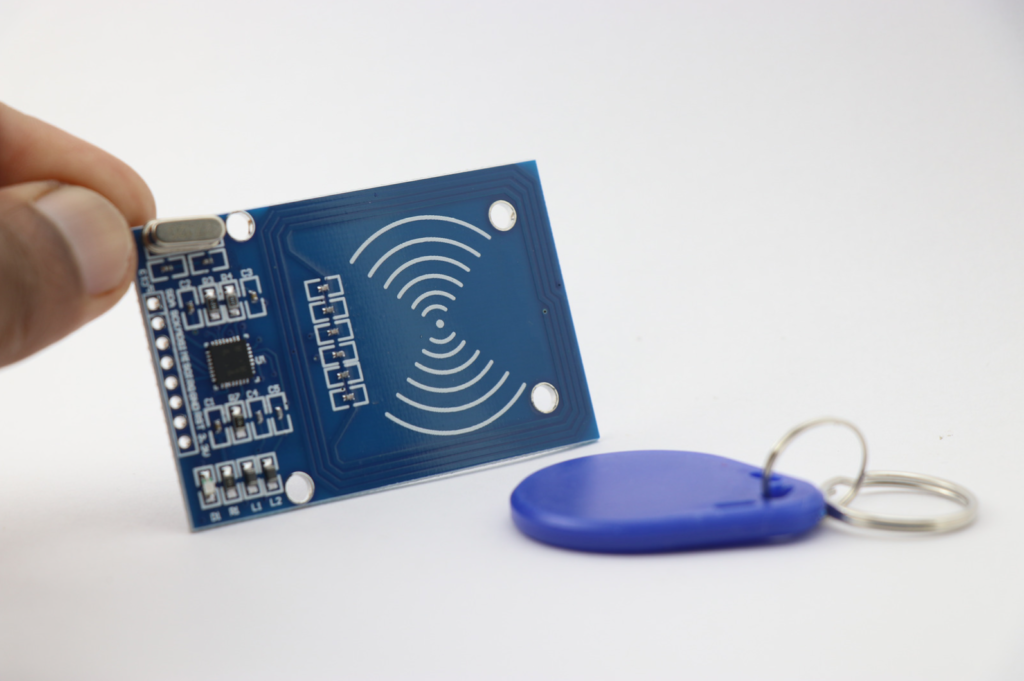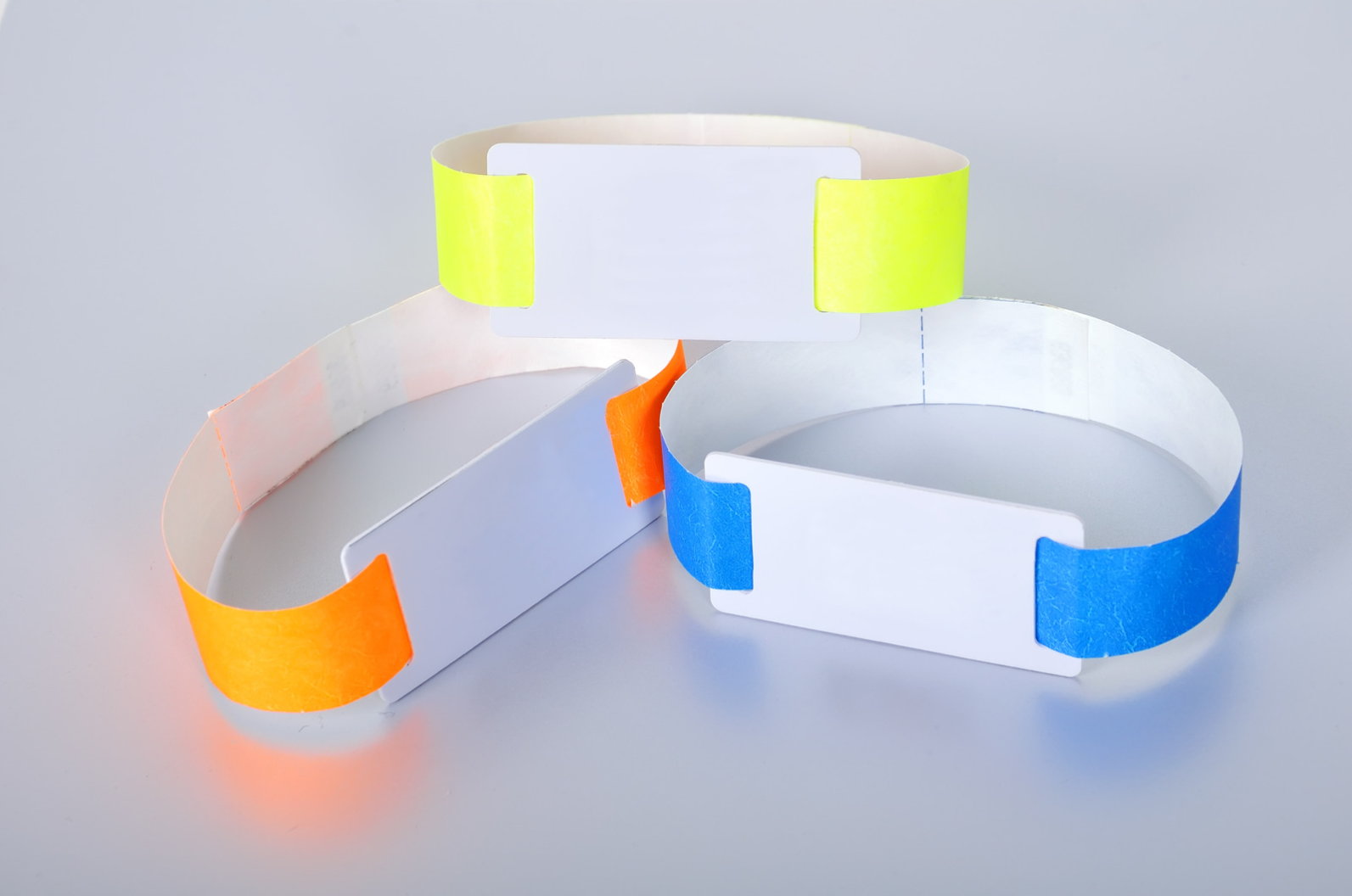How to Use RFID Technology for Asset Tracking and Management


RFID technology is brilliantly straightforward, yet its impact is profound. By attaching a small, unassuming tag to an item, we grant it the ability to communicate—sharing its identity, location, and journey through radio waves. This is more than just tracking; it’s about creating a digital dialogue between objects and systems, enhancing visibility and control over assets in many ways we will discuss various ways of using RFID technology for asset tracking and management.
RFID technology is crucial to asset management. Traditional asset tracking methods require manual input and are prone to error, increasing operational costs and inefficiency. RFID technology provides a real-time, automated, and accurate way to track assets, manage inventory, improve security, and make smarter business decisions.
RFID technology revolutionizes asset management by streamlining operations, reducing losses, and improving accuracy. RFID improves asset tracking, supply chains, customer experiences, and operational insights, giving companies a competitive edge.
RFID technology transforms asset management and raises efficiency and intelligence standards. It shows how innovation can turn everyday objects into valuable data that helps businesses operate more efficiently and strategically.
Let’s explore the article further.
How RFID Works in Asset Management
RFID technology is based on tag-reader data exchange. The microchip and antenna tag identify an asset and store its history, identification number, and location. RFID readers send radio signals to tags equipped with antennas, which power the microchip and transmit data back to the reader. This interface can monitor and control assets without requiring human intervention.
RFID technology excels at asset management because it is efficient and adaptable. Traditional barcode scanning involves time-consuming and error-prone line-of-sight scanning.
Types of RFID Tags and Readers
RFID tags come in many shapes and sizes, each designed for specific environments and applications. Broadly speaking, RFID tags are categorized into two types: passive and active.
- Passive RFID Tags: These tags are not powered by an independent power source. Reading enables data transmission. Due to their small size, low cost, and short read range, passive tags are ideal for inventory tracking, retail item management, and other near-reader applications.
- Active RFID Tags: Battery-powered active tags allow for real-time tracking and transmit data further. This tag works well for tracking shipping yard vehicles and factory machinery over long distances.
The choice of RFID reader also plays a crucial role in the efficiency of an RFID system. Readers can be fixed or portable, with varying ranges and capabilities.
Fixed readers are often installed at strategic points, such as entry and exit points, to track the movement of tagged items automatically.
Portable readers, on the other hand, offer more flexibility, allowing operators to move around and read tags in different locations.
Benefits of Using RFID Technology for Asset Tracking
The adoption of RFID technology for asset tracking and management is not just a trend; it’s a strategic move that offers a host of benefits, fundamentally changing the way businesses handle their assets.
Among these benefits, real-time tracking, and inventory management, along with improved accuracy and operational efficiency, stand out as transformative advantages. here are the key benefits of using RFID technology for asset tracking:
- Real-Time Tracking and Visibility: Enables instant location tracking of assets, enhancing inventory visibility and control.
- Accurate Inventory Management: Reduces stock level errors and improves inventory management, leading to optimal stock levels and reduced carrying costs.
- Improved Accuracy: Minimizes human errors in data collection and asset tracking, ensuring reliable data for decision-making.
- Operational Efficiency: Automates manual processes, speeding up operations such as receiving, shipping, and inventory counting, thereby saving time and reducing labor costs.
- Enhanced Security: Increases security of assets through constant monitoring and tracking, reducing the risk of loss or theft.
- Better Data Analysis: Provides valuable data on asset utilization and inventory trends, supporting strategic business decisions and operational improvements.
- Increased Asset Utilization: Helps identify underused assets, allowing for more effective asset management and planning.
- Streamlined Auditing Processes: Simplifies and speeds up auditing of assets, ensuring compliance and accurate financial reporting.
- Cost Savings: RFID technology contributes to significant cost savings through efficient inventory management, reduced labor costs, and minimized asset loss.
- Scalability: It adapts to a business’s growth, supporting the tracking of an increasing number of assets without significant additional costs or complexity.
Exploring RFID Tracking Solutions

From sprawling warehouses to bustling retail floors, RFID technology is being harnessed to bring unprecedented efficiency and intelligence to asset management.
An RFID technology for asset tracking and management system consists of three critical components: the RFID tags, the readers (or scanners), and the software that processes and manages the data.
- RFID Tags: These small electronic devices hold asset data. Passive tags, which the reader powers, do not transmit data as far.
- RFID Readers: These devices communicate with tags via radio waves. When a tag is in range, it transmits chip data. Mobile readers collect data from tags in various locations, whereas stationary readers observe tagged items pass fixed points.
- Software Systems: This software interprets reader data and makes decisions in all RFID tracking solutions. Integration with other business systems displays inventory levels, asset locations, and movement patterns.
How Businesses Are Implementing RFID for Asset Management
Businesses across various sectors are adopting RFID technology to revolutionize their asset management practices. Here’s how:
- Retail: In retail, RFID tags allow stores to track stock in real time. This app ensures product availability and omnichannel shopping by enhancing stock accuracy and customer satisfaction.
- Manufacturing: RFID tags are used by manufacturers to track parts and products as they move through production lines. Monitoring leads to better inventory management, product delivery, and manufacturing efficiency.
- Healthcare: RFID tags patients, staff, pharmacy items, and hospital furniture. Better medical devices and drug management improves patient safety, asset utilization, and reduces loss or theft.
- Logistics and Supply Chain: RFID tracks products from the factory to the store shelves. Visibility enables businesses to manage inventory, reduce errors, and deliver more quickly.
- Asset-Rich Environments: RFID tags are used in the aerospace and oil and gas industries to keep track of tools, equipment, and parts. This app makes assets available, manages them, and maximizes their use.
RFID Technology Solutions for Enhanced Asset Management
RFID technology transforms asset management by delivering sophisticated solutions beyond tracking and identification. Environmental sensing tags measure humidity and temperature and are useful in the food and pharmaceutical industries.
RFID technology automates asset maintenance and lifecycle management by tracking usage and wear-and-tear in real time, thereby increasing asset lifespan and avoiding costly downtime.
RTLS systems use active RFID tags to provide precise, real-time asset location information in complex environments such as hospitals, manufacturing plants, and large warehouses, thereby optimizing asset utilization and operational workflow.
To prevent theft and illegal use, modern RFID technology for asset tracking and management combine asset tracking with security systems that use credentials to control access and track movement. These solutions enhance operations while revolutionizing asset management.
RFID technology works best when seamlessly integrated with business systems, allowing data to flow freely and streamline operations. Businesses integrate this way:
- Enterprise Resource Planning (ERP) Systems
- Supply Chain Management (SCM) Systems
- Customer Relationship Management (CRM) Systems
- Asset Management Software:
Implementing RFID in Your Business: A Step-by-Step Guide
Implementing RFID technology within your business is a significant step towards operational excellence and efficiency. However, to ensure a smooth transition and maximize the benefits, it’s crucial to approach the implementation process with a clear plan and strategy. Here’s a step-by-step guide to help you navigate the journey of integrating RFID technology into your operations.
Step 1: Define Your Objectives
Step 2: Conduct a Needs Assessment
Step 3: Explore RFID Technology Solutions
Step 4: Select the Right Partners
Step 5: Develop a Pilot Program
Step 6: Train Your Team
Step 7: Implement and Iterate
Step 8: Review and Scale
Case Studies: Successful RFID Implementations
Tesco, a major UK supermarket chain, has revolutionized inventory management by implementing RFID technology. The company attaches tiny RFID tags to individual products or pallets, and RFID readers are strategically placed at checkpoints to collect data as items enter, leave, or exit the store.
This leads to increased inventory accuracy, ranging from 65-75% to 93-99%, fewer stockouts, and higher customer satisfaction. RFID also helps to reduce theft and product loss by tracking products throughout the supply chain.
Real-time stock-level data enables more accurate forecasting and ordering, reducing unnecessary stock holding and optimizing deliveries. Tesco’s RFID implementation demonstrates the tangible benefits of RFID technology, which include significant cost savings and more efficient operation.
Conclusion
RFID technology enhances asset tracking and management by enabling real-time tracking, inventory management, and operational efficiencies. It addresses current asset management issues, providing a competitive advantage and improving operations. RFID implementation can improve efficiency and insight in the logistics, retail, healthcare, and manufacturing.
RFID technology enhances inventory management by enabling real-time asset visibility and control. Automation of data collection and asset tracking saves both time and money by eliminating manual labor and errors.
Businesses can scale up or down by tailoring RFID solutions to their requirements and environments. Asset management practices can be continuously improved by integrating insights and analytics seamlessly with existing systems.
For businesses ready to explore RFID technology solutions for asset management, partnering with an experienced provider like 44degNorth can be a pivotal step.
With expertise in deploying cutting-edge RFID solutions across various industries, 44degNorth can help you navigate the complexities of implementation, ensuring your business harnesses the full potential of RFID technology.
From initial planning and strategy to selecting the right technology solutions and ensuring seamless integration with your existing systems, 44degNorth is dedicated to helping you achieve your asset management goals.
Contact 44degNorth today to explore the possibilities and start your journey toward enhanced asset management and operational excellence.
Call Now: +1 (647) 937-9080
Email At: innovation@44degnorth.tech
